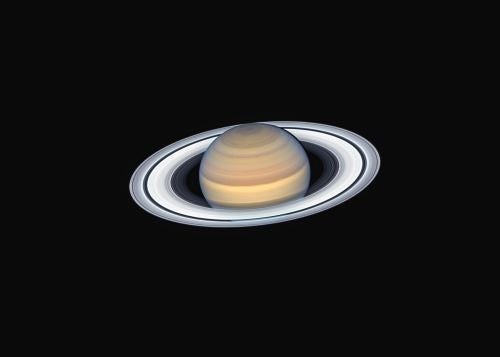I honestly don’t know why I’m so thrilled every time I look at the gibbous Moon using a mere 50x. There’s the rugged Apennine mountain range. It looks the same as it did when I was 14. Twixt then and now I’ve probably stared at it 500 times, no exaggeration. Why is it still a thrill? Here’s an illustrative story.
When I was 24 years old, the Indian government invited me as a science journalist to visit their largest observatory in the Himalayan foothills at Nainital. With amazing hospitality, the director offered to let me use the 40-inch telescope. We arrived to find the massive two-story instrument set up with a visual eyepiece and a junior astronomer assigned to operate it. Asked what I’d like to see, I picked Saturn. Well, friends, let me share that I’d never before experienced such perfect seeing. After I viewed the rock-steady image, I gestured to my young host to have a peek, too. You know what he did after his glance? He jumped up and down and clapped his hands like a child. I peeked again, then jumped and clapped, too. It didn’t matter that he had an astrophysics doctorate or that I’d seen this planet hundreds of previous times. Saturn made us both into kids.
What I’m getting at in this long-winded way is that many celestial objects produce a strange visceral thrill. And it doesn’t diminish with time. It’s inexplicable. It seems astronomical objects are fundamentally unlike terrestrial ones — meaning, you might visit a particular lake 100 times but are unlikely to always find it visually exciting. Been-there-done-that sets in. But not when you look at the Moon.
Let’s try to figure this out. The Moon’s terminator moves at a rapid 10 mph (16 km/h), making the lighting and shadows change in just a few hours. You’ll rarely observe the Moon under lighting that’s truly identical to a previous time. Newness is thus almost baked into the Moon experience. Also, there’s so much darn detail in lunar features. Two nights ago, I saw ultra-high-definition pebbly terrain just west of the strange crater Aristarchus. I gawked for 15 minutes through my 5-inch refractor. Later, I looked it up in a reference and learned the area is a small, isolated plateau of built-up volcanic material. I’d never known it was there.
But Saturn offers no such fine detail. And its lighting scarcely changes unless you wait months or years. There’s no rational reason that Indian astronomer and I should have jumped up and down like 6-year-olds.
Perhaps the equipment itself plays a role. After I’d bought my 12.5-inch f/6 equatorial reflector in 1983, I spent as much time looking at the telescope as looking through it. I regarded it like a beloved soul mate. So, maybe our geeky infatuation with optics provides some of the rationale.
But it doesn’t explain everything. Why doesn’t this effect apply to photographed images, but instead solely to directly imbibed cosmic scenery? There’s apparently some sort of vibe that streams into our consciousness along with the photons. It makes newbies who look at Saturn at 150x let out cries of “Oh my God!” and “That’s not real!”
I’ve repeatedly heard those two specific exclamations from our observatory visitors through the decades. No photograph, even those from Hubble, elicits such shouts, despite space telescope images being far better than the eyepiece view they just experienced. (Astroimages are indeed wow-producing; they just don’t elicit the specific emotional effect we’re discussing.)
What, then, delivers that visceral impact? Do lenses and mirrors focus an unknown entity? Or, rather, is this one of those unanswerable questions about consciousness?
Science has yet to identify it. But, if you don’t yet own a good telescope, borrow one from a friend or club. You’re in for quite a treat when you check all this out for yourself.










